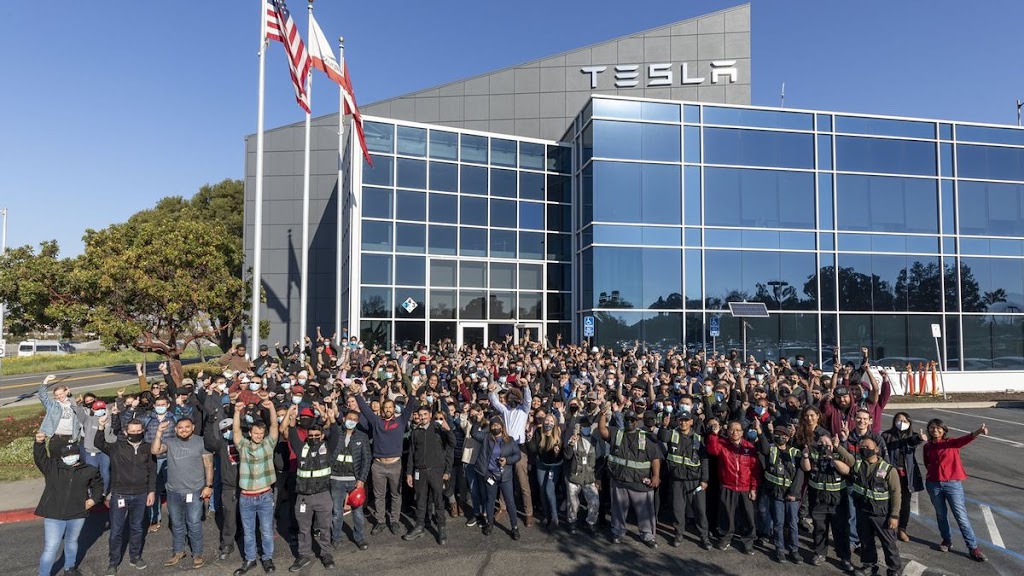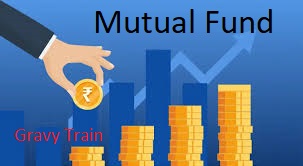👉What is Intrinsic Value?
Intrinsic value refers to the true worth of an asset based on its fundamental qualities, not its current market price. It considers factors like cash flow, revenue, and growth potential. For example, a company’s intrinsic value can be determined by analysing its financial health, management effectiveness, and market position. This concept is essential for investors, especially in value investing, as it helps identify undervalued assets. Understanding this concept ensures that investment decisions are based on an asset’s real potential, not just market trends or temporary popularity.
👉Background of Intrinsic Value
The concept of intrinsic value originates from fundamental analysis in finance and investing. It focuses on an asset’s inherent worth, independent of market fluctuations. Early investors like Benjamin Graham and Warren Buffett popularized this approach, emphasizing the importance of assessing a company’s financial health, earnings, and growth potential. By evaluating these factors, they aimed to identify undervalued stocks with strong future prospects. Intrinsic value serves as a guide for making informed investment decisions, ensuring that investments are based on an asset’s true potential rather than speculative market prices.
👉Understanding Intrinsic Value with a perfect Example
Intrinsic value is the true worth of an asset based on its fundamental qualities, not its market price. For example, imagine you find an old painting at a yard sale for $50. You research and discover it’s a rare piece by a famous artist worth $1,000. The intrinsic value is $1,000 because of the artist’s reputation and the painting’s rarity, even though you paid much less. Investors use intrinsic value to find undervalued stocks, assessing a company’s financial health, earnings, and growth potential to determine its real worth. This helps them make smart investments based on true potential, not market trends.
👉Calculating Intrinsic Value
Calculating intrinsic value involves assessing an asset’s true worth based on its fundamental qualities. For a company, this means looking at its financial health, earnings, and growth potential. A common method is discounted cash flow (DCF), which estimates future cash flows and discounts them to present value using a required rate of return. For example, if a company is expected to generate $10,000 annually for the next 10 years, you would discount those cash flows to today’s value. This helps investors decide if a stock is undervalued or overvalued, guiding smart investment choices based on real potential, not just market price.
👉The basic formula for intrinsic value
The basic formula for intrinsic value, often used in finance and investing, can be simplified as:
Intrinsic Value=(1+r)nFuture Cash Flows
Where:
- Future Cash Flows: the estimated cash flows expected from the asset in the future.
- 𝑟r: the required rate of return or discount rate, representing the investor’s expected return.
- 𝑛n: the number of periods into the future for which the cash flows are estimated.
This formula is commonly applied in discounted cash flow (DCF) analysis to determine the present value of an asset based on its expected future cash flows.
👉Risk-adjusting intrinsic value
Risk-adjusting intrinsic value involves factoring in uncertainty using two key elements: the discount rate and certainty factor. The discount rate represents the return investors expect for taking on risk. If an investment is riskier, the discount rate is higher to compensate. The certainty factor accounts for the level of confidence in projected cash flows. Lower certainty decreases intrinsic value, as investors demand more return for uncertainty. By adjusting these factors, investors can accurately assess intrinsic value, ensuring decisions align with their risk tolerance and investment objectives.
To know more about Discount Rate and Certainty Factor we can see two example, which are given bellow:👇
👊1.Discount Rate:
The discount rate plays a crucial role in determining the intrinsic value of an asset. Let’s illustrate this with a simple example:
Imagine you’re considering buying a bond that promises to pay you $100 in one year. However, you want to adjust this future payment to its present value to account for the time value of money and the risk involved.
If you use a discount rate of 5%, you would calculate the present value of the $100 payment as follows:
So, the present value of the $100 payment, considering a 5% discount rate, is approximately $95.24. This means that, to justify purchasing the bond, you would only be willing to pay up to $95.24 for it today, given the 5% return you could otherwise earn elsewhere. The discount rate thus helps determine the fair price of an asset today, considering the time value of money and risk.
✊2. Certainty Factor:
Let’s explore the certainty factor in intrinsic value with a charming example:
Imagine you’re evaluating two investment opportunities: buying shares in a well-established tech company versus investing in a start up. The established company has a proven track record, stable cash flows, and predictable earnings. Conversely, the start up’s future success is uncertain, with high risk and volatility.
To account for this uncertainty, you would adjust the certainty factor. For the established company, you might assign a high certainty factor, say 90%, indicating confidence in its projected cash flows. However, for the start up, you might assign a lower certainty factor, perhaps 50%, reflecting the higher risk and uncertainty surrounding its future performance.
By adjusting the certainty factor, investors can accurately assess the intrinsic value of each investment opportunity, factoring in the level of confidence in projected cash flows. This ensures investment decisions align with risk tolerance and investment goals, contributing to informed and prudent investment choices.
👉Breaking Down the Intrinsic Value
Breaking down intrinsic value involves analysing the fundamental qualities of an asset to determine its true worth. This includes assessing factors like cash flow, earnings, and growth potential. By understanding these components, investors can estimate the asset’s future cash flows and discount them to their present value using a suitable discount rate. This process helps investors identify undervalued assets and make informed decisions about buying or selling. Intrinsic value serves as a guide for investors, ensuring they focus on an asset’s real potential rather than just its current market price.
👉Calculating intrinsic value comes with several challenges:
-
Estimating Future Cash Flows: Predicting a company’s future earnings or cash flows is difficult and uncertain, as it relies on assumptions about future performance and market conditions.
-
Choosing the Discount Rate: Selecting an appropriate discount rate to reflect the risk and time value of money can be subjective and varies between investors.
-
Market Fluctuations: Market conditions and investor sentiment can cause discrepancies between intrinsic value and market price, making it hard to pinpoint true value.
-
Data Accuracy: Relying on accurate and comprehensive financial data is crucial, and errors or incomplete data can lead to incorrect valuations.
-
Subjectivity: Different investors might have different methods and perspectives, leading to varying intrinsic value estimates for the same asset.
👉Market Risk vs Intrinsic Value?
Market risk refers to the potential for an investment’s value to fluctuate due to changes in market conditions, such as economic shifts, interest rates, or investor sentiment. Intrinsic value, on the other hand, is the true worth of an asset based on its fundamental characteristics, like cash flow, earnings, and growth potential, irrespective of market price. While market risk can cause short-term price volatility, intrinsic value focuses on the long-term, underlying value of the asset. Investors use intrinsic value to make informed decisions, aiming to buy assets below their true worth, even if market risk affects their price temporarily.
👉What is difference between Market Value and Intrinsic Value?
Market value is the current price at which an asset is bought or sold in the market, reflecting supply and demand, investor sentiment, and external factors. Intrinsic value, however, is an asset’s true worth based on its fundamental characteristics like earnings, cash flow, and growth potential. While market value can fluctuate due to market conditions and emotions, intrinsic value remains focused on the asset’s real, underlying qualities. Investors use intrinsic value to identify undervalued assets, aiming to buy them when their market value is below their true worth, anticipating that the market will eventually recognize their intrinsic value.
👉Difference between Intrinsic Value and Extrinsic Value
Intrinsic value is the true worth of an asset based on its fundamental characteristics, such as cash flow, earnings, and growth potential. It reflects the asset’s real, underlying value, independent of external influences. Extrinsic value, on the other hand, is the additional value derived from external factors like market conditions, investor sentiment, and time. For example, in options trading, extrinsic value includes the premium paid for the possibility of future price movements. While intrinsic value focuses on inherent qualities, extrinsic value is influenced by outside elements that can affect an asset’s market price.
👉Why Intrinsic Value is so useful?
Intrinsic value is useful because it helps investors make informed decisions by focusing on an asset’s true worth rather than its current market price. This approach enables investors to:
- Identify Undervalued Assets: By comparing intrinsic value with market value, investors can spot assets that are undervalued and have the potential for growth.
- Reduce Risk: Relying on intrinsic value minimizes the influence of market fluctuations and investor sentiment, leading to more stable investment choices.
- Long-term Focus: Intrinsic value encourages a long-term investment perspective, prioritizing fundamental strengths over short-term market trends.
- Informed Decision-Making: It provides a rational basis for investment decisions, rooted in an asset’s actual financial health and growth potential.
👉Conclusion
In conclusion, intrinsic value is crucial in investing as it measures an asset’s true worth based on its fundamental qualities. It enables investors to spot undervalued opportunities, mitigate risk, and concentrate on long-term growth instead of short-term market changes. By using intrinsic value, investors make more informed and rational decisions, grounding their investments in the asset’s real financial health and potential. Grasping and utilizing intrinsic value is key to achieving successful and sustainable investment results.








